May 22, 2025 | 17:44 GMT +7
May 22, 2025 | 17:44 GMT +7
Hotline: 0913.378.918
May 22, 2025 | 17:44 GMT +7
Hotline: 0913.378.918
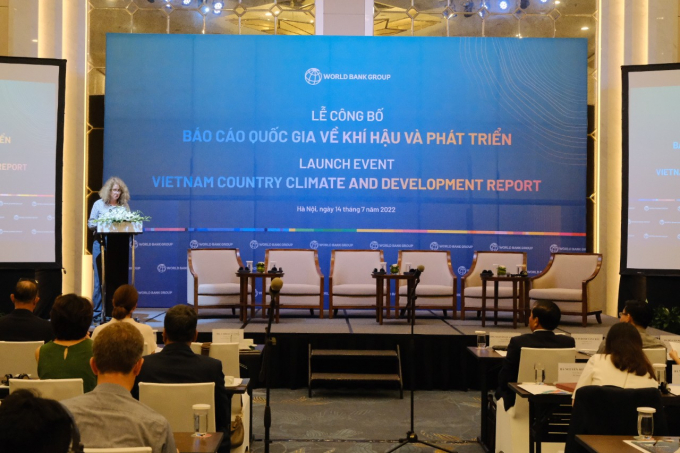
Overview of the Launch event for Vietnam country climate and development report by the World Bank (WB).
According to the World Bank's Vietnam Country Climate and Development Report, Vietnam is among the most vulnerable countries to climate change in the world. This is due to a long coastline of 3,260 km and various low-lying areas scattered throughout the country.
According to the report, Vietnam lost approximately 10 billion USD in 2020, equivalent to 3.2% of the national GDP, due to climate impacts. The total economic costs caused by climate change could reach 523 billion USD by 2050. More than 70% of the land area in some provinces and cities has the possibility to be flooded within the next 80 years.
Areas that suffer the most damages include: Urban areas and industrial zones, especially in and around Ho Chi Minh city; and The Mekong Delta, home to 18 million people.
According to the World Bank's Research Group, Vietnam's contribution to the total global greenhouse gas emissions is only 0.8%. However, the rapid economic growth in the past has quadrupled the greenhouse gas emissions per capita in the past 20 years: from 0.79 tons of CO2 in 2000 to 3.81 tons of CO2 in the year 2018.
This is the quickest growth rate in the world - WB's report emphasized.
Ms. Manuela Ferro, World Bank Regional Vice President for East Asia and Pacific shared: "Vietnam must devote great resources to protecting the country's largest city, Ho Chi Minh City, its low-lying coastline and the Mekong Delta from the impacts of climate change".
In addition, in order to reduce greenhouse gas emissions, as well as fulfill the commitment of zero net carbon emissions by 2030, Ms. Ferro recommended Vietnam to take strong action in industries with excessive greenhouse gas emissions such as energy, transport, agriculture, processing and manufacturing; as well as reduce the adverse effects of climate change on trade and investment.
Vietnam is currently committed to ending deforestation by 2030, reducing methane emissions by 30%, and ending all investments in new coal power generation, scaling up renewable energy deployment, and removing coal power by the 2040s.
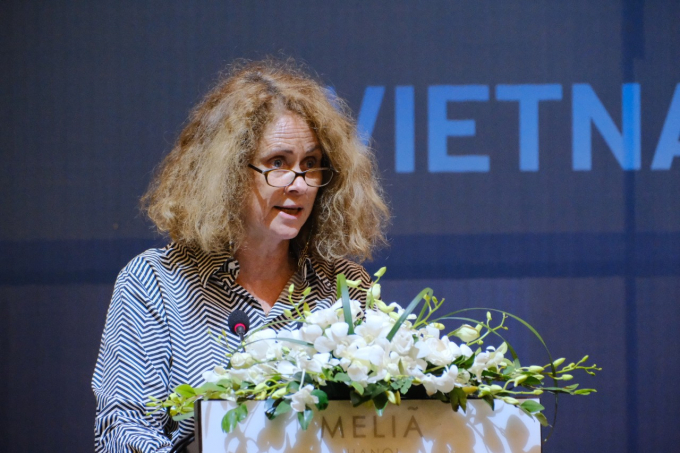
Ms. Carolyn Turk, WB Country Director for Vietnam, giving a speech at the launch event.
To help Vietnam achieve these ambitious goals, the World Bank's Vietnam Country Climate and Development Report proposes solutions with regards to two aspects: Increasing resilience to climate impacts, and gradually reducing carbon-intensive energy sources in the economy.
The WB also proposes five priority policy packages. Firstly, issue a regional program for the Mekong Delta, which accounts for 50% of the total national rice production and a third of the national agricultural GDP. This area currently faces many risks such as coastal, riverbanks erosion, rising sea level and saltwater intrusion.
Other specific policies, suggested by the World Bank, include limiting sand mining and groundwater exploitation, investing in infrastructure, and supporting people's livelihoods.
Secondly, promulgate an integrated plan to protect coastal urban areas and connect traffic in the region. The plan includes: upgrading road and energy systems, strengthening early weather warning and risk management systems.
Thirdly, issue a plan to reduce air pollution around Hanoi, where fine dust concentration is continuously increasing and the air quality is poor, exceeding 5 times the limit under the guidelines of the World Health Organization from 2018 to 2021.
Fourthly, accelerate the transition to renewable energy sources by encouraging the private sector to invest in increasing grid capacity and practice energy saving.
Fifthly, research social security policies to offset the economic impacts that climate change solutions may have on people. Fundings for the research can come from carbon tax revenue.
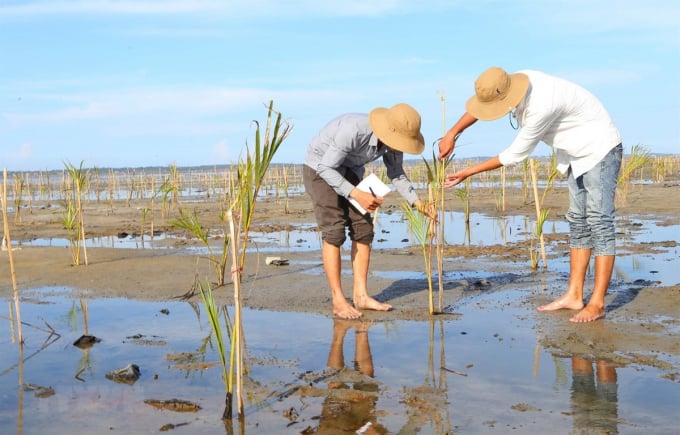
Mangrove development is one of the solutions to adapt to climate change.
In terms of costs, the World Bank's Report estimates the value of additional investment in climate change adaptation and mitigation measures between 2022 and 2040 at up to 6.8% of Vietnam's annual GDP, which is equivalent to approximately 368 billion USD.
Without timely mitigation measures, climate change could put 1 million Vietnamese people in extreme poverty by 2030, according to the World Bank.
Alfonso Garcia Mora, Vice President in charge of the Asia-Pacific region under the International Finance Corporation (IFC), emphasized: "Vietnam has two goals: becoming a high-income country and a zero net carbon emitter in the next 30 years. To accomplish such goals, Vietnam must mobilize a large amount of private capital."
In addition to researching and issuing carbon taxes or regulations related to emissions trading, Mr. Mora recommended Vietnam to "greenify the financial sector, promote green growth projects in different sectors". According to him, this will be the key to Vietnam's success in achieving the "dual goals" of development and adaptation to climate change.
Translated by Nguyen Hai Long
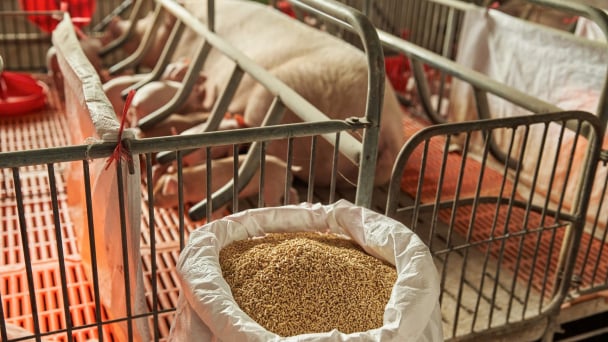
(VAN) CJ Feed&Care officially launched the FCR improvement campaign called “2025 Find Challenge Reach” in April 2025. In Vietnam, this campaign is implemented by CJ Vina Agri.
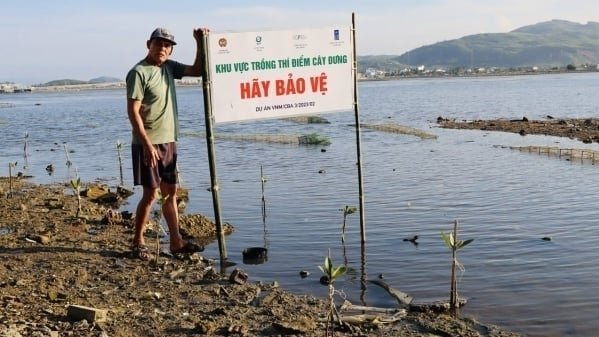
(VAN) The swamp in Pho Thanh is gradually being covered with red mangrove, creating a favorable environment for producing clean, high-quality salt.
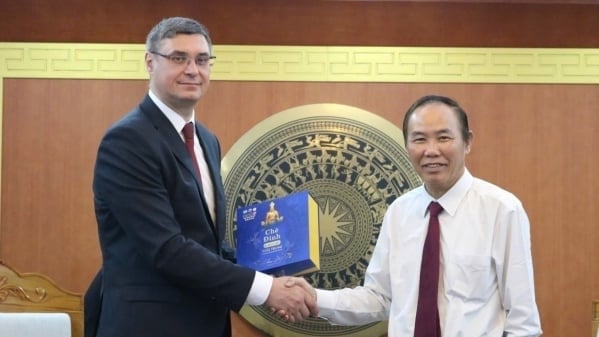
(VAN) The trade turnover of agro-forestry-fishery products is growing significantly, along with investment cooperation commitments that are opening up new development directions between Vietnam and Russia.
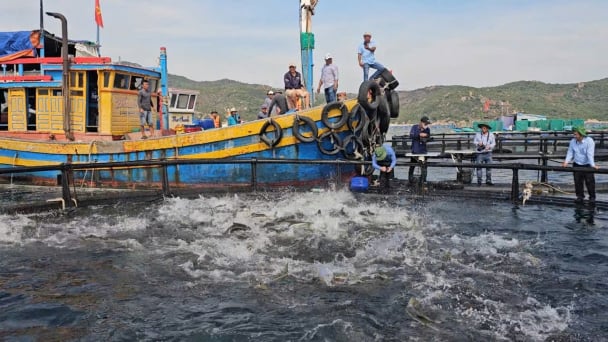
(VAN) Khanh Hoa is investing over 545 billion VND to develop 240 hectares of high-tech marine aquaculture in order to guarantee a consistent supply of seafood exports and achieve the USD 1 billion target.
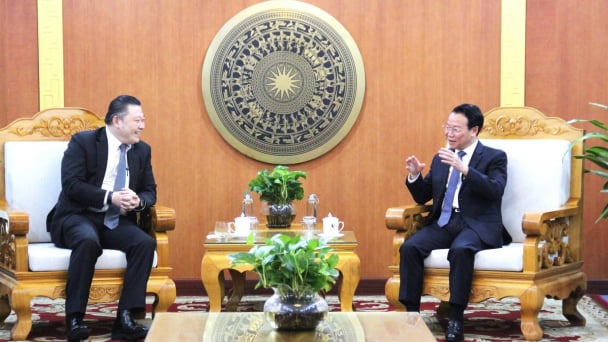
(VAN) Minister of Agriculture and Environment Do Duc Duy held a meeting with Soopakij Chearavanont, Chairman of C.P. Group, on May 15.
/2025/05/16/3800-0-nongnghiep-143756.jpg)
(VAN) Suntory PepsiCo Vietnam coordinated with the Ministry of Education and Training to implement an education program on water conservation, reaching nearly 1 million primary school students nationwide.
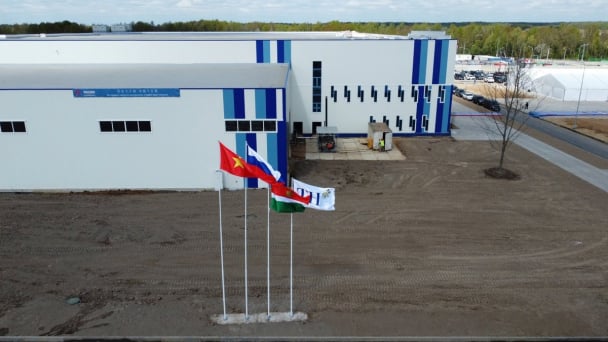
(VAN) Vietnam’s TH Group officially put its high-tech fresh milk processing plant into operation in the Russian Federation, marking a historic moment as the first TH true MILK cartons were produced in Russia.